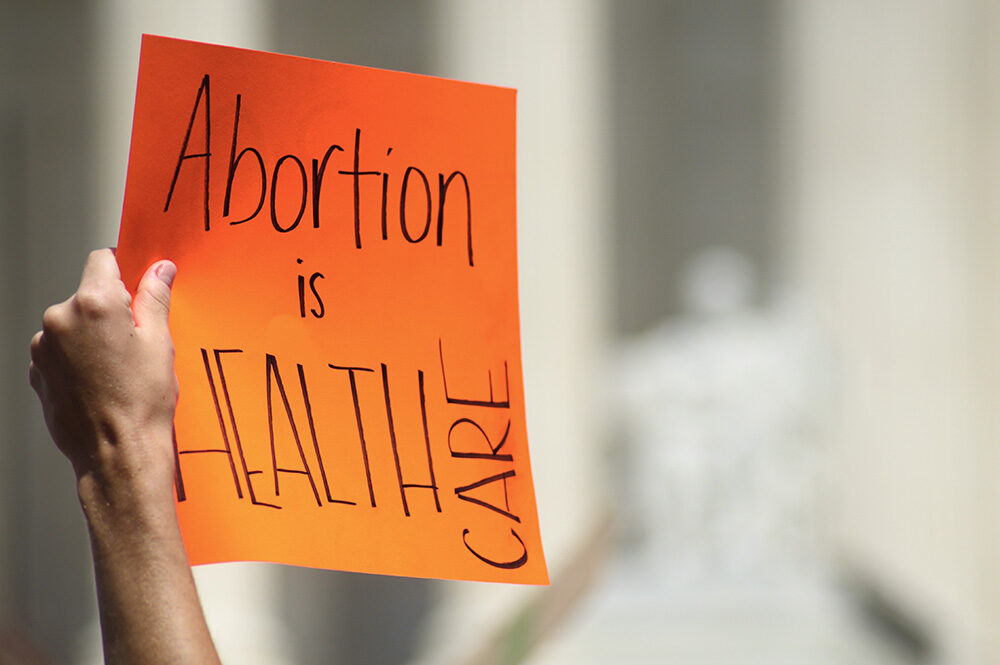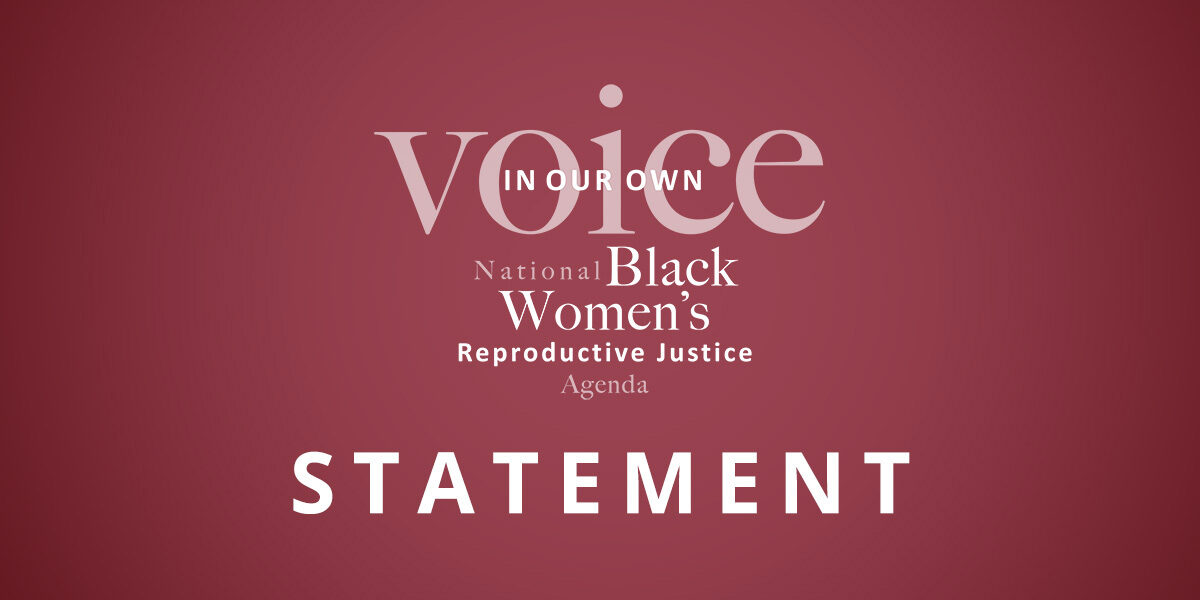In response to today’s Supreme Court’s ruling on Medina v. Planned Parenthood South Atlantic, In Our Own Voice President and CEO Dr. Regina Davis Moss issued the following statement:

The Color of Water: Clean Water Access and Reproductive Justice
I had the pleasure of working on Clean Water and Reproductive Justice: Lack of Access to Clean Water Harms Women of Color, a collaborative report, and webinar between In Our Own Voice: National Black Women’s Reproductive Justice Agenda, National Asian Pacific American Women’s Forum (NAPAWF), National Partnership for Women and Families, and the Sierra Club.
The report raises reproductive health issues caused by a lack of access to clean water and environmental racism. The report and webinar provide policy recommendations to address these barriers to clean water access and the reproductive harms that uniquely impact Black women. Policy recommendations include: increasing infrastructure investment to replace lead pipes and reduce water contamination, strengthening water standards for harmful toxins, such as lead and nitrates, protecting access to a full range of standard reproductive health services, including abortion care, for all people, ending water shut-offs, and ensuring water affordability for all.
This work highlights polling data compiled by Intersections of Our Lives, which explores the views of Black, Latinx, and AAPI women voters and revealed clean water as a top political issue. The survey revealed that 65% of women of color combined and 70% of Black women distinctively considered having access to clean water extremely important.
These results further emphasize earlier results from a National Survey of Black adults on the Lives and Voices of Black America on the Intersections of Politics, Race and Public Policy, which found that 1 in 3 Black adult respondents reported having had brown water come out of their taps at home and even more reported having had to boil water before drinking it. Furthermore, respondents said having access to clean water has been a factor in deciding whether and when to become a parent.
Black women are harmed at significantly higher rates by exposure to high temperatures, air pollution, “heat-island” effect, and proximity to industrial pollutants and waste, which contaminate water sources. Maternal and infant health consequences include but are not limited to: premature births, low birth weights, increased likelihood of stillbirth, and higher risk pregnancies, especially for people who are already living with pre-existing conditions.
When we are the leaders on the front lines in the heat, in a health pandemic fighting for justice, what does it mean that we don’t have access to safe drinking water to hydrate or that our water bills are unaffordable because of unjust economic constraints that are exacerbated outside of our control in these times?
As we advocate for policy change to address barriers to clean water and Reproductive Justice, we must continue to shape an intersectional narrative in the community, media, and with policymakers, in a way that humanizes our experiences and considers the full reality of the environmental factors at play where we live and raise families.



